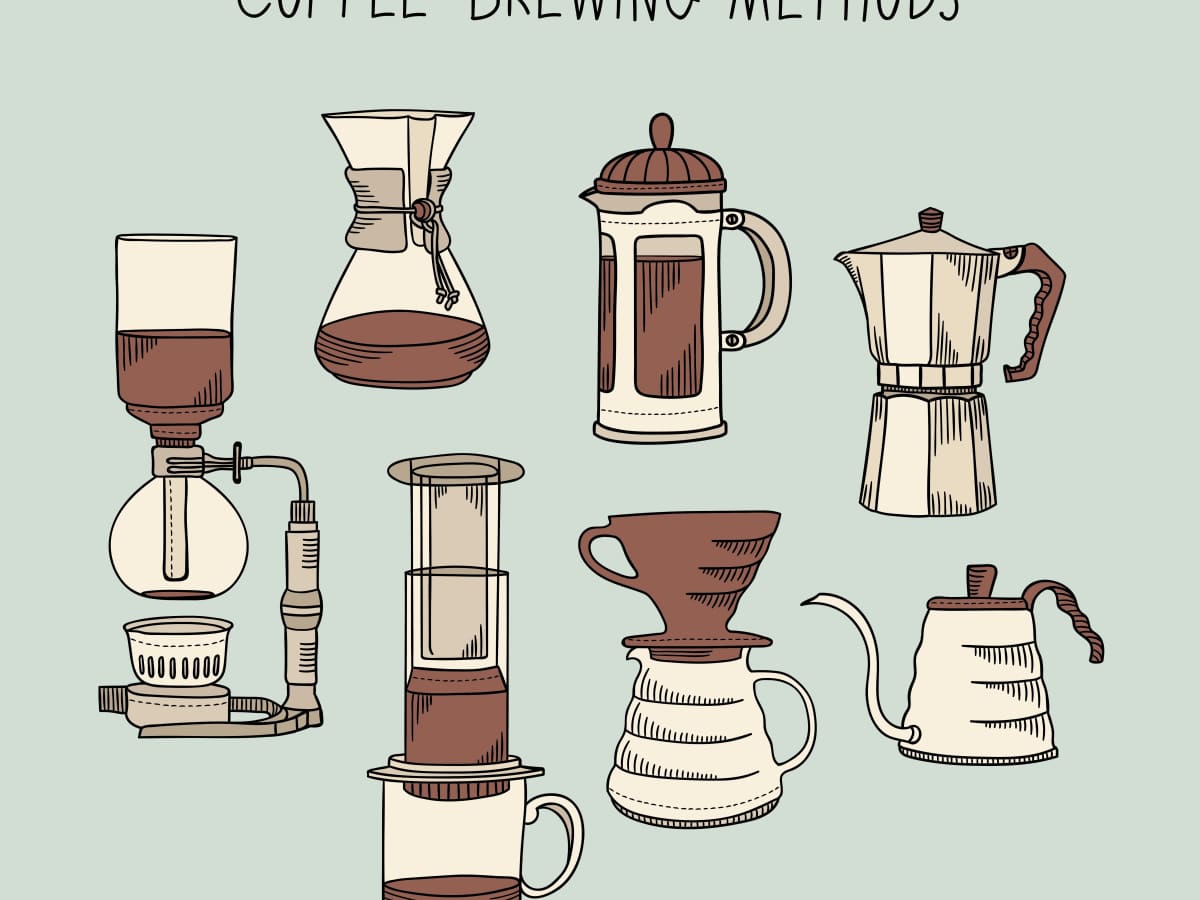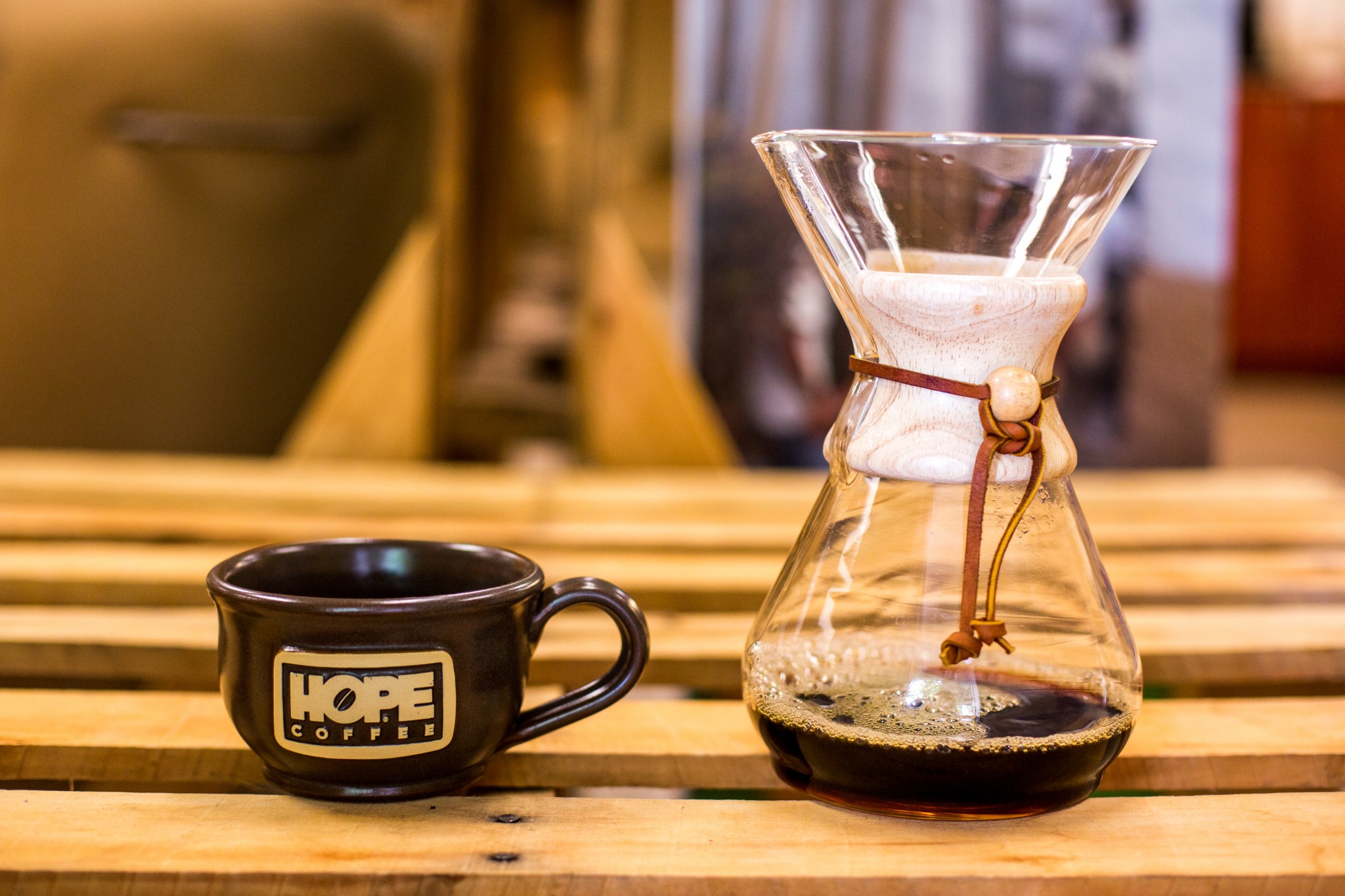A Comprehensive Guide to Various Coffee Brewing Methods You Ought To Try
Wiki Article
The Scientific Research Behind Coffee Brewing: How Temperature Level and Time Affect Your Beverage
Understanding the science behind coffee developing reveals that temperature level and time are not simple variables yet essential aspects that determine the beverage's flavor account and total high quality. The optimum brewing temperature normally drops between 195 ° F and 205 ° F, while the period of removal differs significantly across different methods. This interaction of variables can lead to a mug that is either fascinating or unsatisfactory. As we check out the nuances of these components, the concern emerges: exactly how can one properly equilibrium temperature level and time to achieve that excellent mixture?The Chemistry of Coffee Removal
The chemistry of coffee removal looks into the elaborate processes that transform raw coffee beans into the aromatic beverage appreciated worldwide. This improvement mainly includes the solubility of different substances existing in the beans, which are influenced by aspects such as grind dimension, water quality, and the brewing technique used.Throughout the developing procedure, warm water acts as a solvent, removing soluble substances, including caffeine, sugars, acids, and lipids, from the coffee premises. Each substance adds to the taste profile, fragrance, and body of the final drink. Acids are responsible for zesty and intense notes, while oils contribute to a rich mouthfeel.
The extraction procedure is not uniform; different compounds dissolve at different prices. The first phases of brewing essence acids and sugars, bring about a positive acidity, while long term removal can lead to bitterness due to over-extraction of unfavorable substances. Understanding these chemical interactions is essential for enhancing brewing strategies, as the balance between removal time and water temperature can substantially affect the overall quality of the coffee. Ultimately, mastering the chemistry of coffee extraction is key to achieving a savory and all-around cup.
Suitable Brewing Temperatures
Discovering the ideal brewing temperature is essential for opening the full possibility of coffee flavors and scents - coffee brewing methods. Research shows that the optimal variety for developing coffee lies in between 195 ° F to 205 ° F(90 ° C to 96 ° C) Within this variety, the removal process properly dissolves the preferable soluble substances in coffee beans, resulting in a well balanced and savory mugBrewing at reduced temperature levels, such as listed below 195 ° F(90 ° C ), might lead to under-extraction, generating a weak and acidic brew with low-key flavors. On the other hand, developing at temperatures going beyond 205 ° F(96 ° C) can result in over-extraction, producing a harsh and bitter preference because of the excessive dissolution of unfavorable substances, such as tannins.
Additionally, the optimal developing temperature can differ relying on the coffee bean kind and roast level. Lighter roasts commonly benefit from somewhat greater temperatures to improve their complicated taste accounts, while darker roasts might be better suited to lower temperatures to reduce anger.
Inevitably, maintaining accuracy in brewing temperatures is important for achieving a harmonious balance of flavors, guaranteeing that every cup of coffee supplies an enjoyable sensory experience.
Impact of Brewing Time
Developing time plays a pivotal function in determining the flavor profile and total quality of coffee. The removal procedure, which influences the preference, aroma, and body of the beverage, is greatly reliant on the length of time the coffee grounds are in call with water. Shorter developing times can lead to under-extraction, leading to a have a peek at these guys weak or sour flavor, as inadequate soluble substances are dissolved. Alternatively, long term developing can cause over-extraction, where unfavorable compounds are released, leading to an more helpful hints astringent or bitter preference.Ideal developing time varies depending on the approach made use of and the work size of the coffee. A French press generally calls for regarding 4 minutes, while espresso extraction is generally finished within 25 to 30 secs. It is necessary to adjust developing time in combination with other variables, such as water temperature level and coffee-to-water proportion, to attain the preferred flavor profile.
Comprehending the influence of brewing time enables coffee fanatics to fine-tune their developing techniques, eventually improving the sensory experience of their cup (coffee brewing methods). With careful attention to this variable, one can open the full potential of the coffee, exposing its distinct features and nuances
Brewing Techniques and Their Impacts

For example, methods like French press and cool mixture permit a longer steeping time, causing a fuller body and robust flavor due to enhanced removal of oils and soluble solids. Alternatively, coffee developing uses high pressure and a shorter removal time, generating a focused shot that stresses intense tastes and an abundant crema.
Pour-over techniques, such as Chemex or V60, supply an even more regulated extraction procedure, allowing the maker to manipulate flow rate and water circulation, which can boost illumination and clarity. Meanwhile, percolation methods cycle water with the coffee premises numerous times, bring about a more powerful, commonly bitter taste.
Finally, the usage of paper filters versus steel filters can likewise impact the last preference; paper filters generally generate a cleaner cup by trapping oils and great bits, while metal see filters permit more oils to pass through, contributing to a fuller mouthfeel - coffee brewing methods. Recognizing these nuances can elevate the coffee experience considerably
Tips for Developing Your Mixture
A well-executed mixture can transform also the simplest coffee right into an exceptional experience. Grind the beans just prior to brewing to optimize freshness, guaranteeing the work dimension matches your brewing method-- coarser for French press and finer for coffee.Water high quality plays an important function; usage filtered water without pollutants. The perfect developing temperature ranges in between 195 ° F and 205 ° F(90 ° C to 96 ° C ) Too hot can blister the coffee, while too great may under-extract flavors.
Timing is similarly crucial. For immersion methods, soaking for 3 to five mins is ideal, whereas drip techniques commonly take around 5 mins. Trying out mixture times to locate your recommended strength.

Final Thought
In summary, the detailed partnership between temperature and time is vital in the coffee brewing procedure. Comprehending these clinical principles empowers people to improve their brewing techniques, eventually leading to a more enjoyable and balanced coffee experience.Comprehending the science behind coffee brewing discloses that temperature and time are not simple variables yet critical elements that dictate the beverage's taste profile and overall high quality. Understanding these chemical communications is essential for enhancing developing techniques, as the balance between removal time and water temperature level can considerably affect the total high quality of the coffee.Brewing time plays a pivotal function in identifying the flavor account and overall high quality of coffee. By focusing on these components-- bean quality, grind dimension, water temperature level, steeping time, and proportion-- you can elevate your coffee developing process, resulting in a consistently exceptional mug.
In summary, the elaborate connection in between temperature level and time is vital in the coffee developing procedure.
Report this wiki page